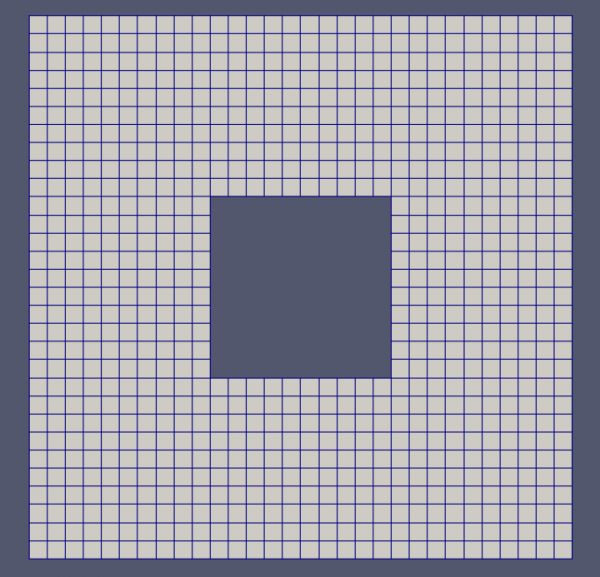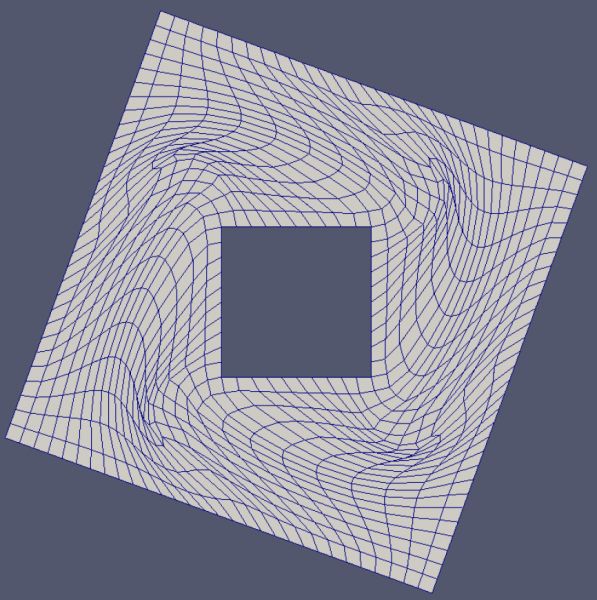Research Fellows
George Eleftheriou
Early Stage Researcher at ESI

I was born and raised in Athens, Greece. Believe it or not, the proximity of my home to the Athens airport and my childhood bike rides for plane-spotting, pretty much defined what I wanted to study. My interests were numerous and divergent ever since I can remember. But as I grew up, everything seemed to reduce to two main disciplines: Aircrafts and computers. So I chose to study Mechanical Engineering in the National Technical University of Athens, feeling that eventually both skills could converge.
As a student, I worked in parallel in order not to burden the family budget. This gave me the chance to further develop my programming and systems administration competence in various working environments. The downside of this choice, was to prolong the duration of my studies for three years. However, there were some courses such as Computational Fluid Dynamics, Thermal turbomachines and Optimization Methods in Aerodynamics, that I particularly enjoyed and motivated me to complete a diploma thesis assigned by the Parallel CFD & Optimization Unit in the Laboratory of Thermal Turbomachines.
My objective within the AboutFlow project is to develop a fully automated adjoint-based optimization workflow. This implies:
1) parallelization of the adjoint solver in order to efficiently handle large industrial cases,
2) implementation of one-shot method and
3) an innovative morphing method, in order to efficiently deform the mesh instead of rebuilding it from scratch at the end of every iteration in the optimization process.
Being part of the Initial Training Network, is an excellent opportunity to work with an international team of researchers, exchange ideas and learn. So I enjoy every moment of it.
During my free time I enjoy offshore sailing, reading and playing flute.
Objectives:
• Progress towards fully automated optimization process within an industrial CFD software
• Progress with respect to CPU efficiency and practical applicability in an industrial context of such a process
Contribute to Work Packages
In adjoint-based optimization, after the sensitivities are computed and we get an idea of where the surface nodes should move to, we face two options:
1) The first one, is to trash the existing mesh and regenerate a new one (re-meshing). Unfortunately this is a costly process and not always automatic as we sometimes have to interfere manually to adjust the mesh quality parameters. Moreover gradient consistency is lost from one cycle to the other since the nodes' numbering and elements' numbering (connectivity) keep changing.
2) The second one, is deforming the existing mesh (mesh deformation or morphing) conforming to the movement of boundary/surface nodes. The principal challenge of this approach is to maintain the mesh quality at acceptable levels, avoiding phenomena such as perforated, twisted, heavily distorted cells which end up having negative volume. Especially in cases of anisotropic or rotating meshes this challenge becomes very difficult to meet.
The morphing method developed, aims at addressing the above concerns. Its main advantages are:
a) it is mesh-less, meaning it only needs a cloud of points/nodes (and not mesh inertial quantities such as elements' volumes etc)
b) and it deals inherently with mesh anisotropy and rotation.
so that the internal/volume nodes of the mesh gracefully follow the movement of boundary/surface nodes, as indicated by the optimization algorithm.
Examples from a well known benchmark case are shown below. It's about a square plate with a square hole in the middle, where we impose a rotation on the outer boundary of the plate, while keeping the inner boundary still. In this case every mesh deformation algorithm is doomed to fail, since no method can achieve full rotation without modifying the mesh connectivity. Hence, the point is to reach the maximum possible rotation angle.

This outreach project is about editing one (or more) Wikipedia entry(-ies) concerning the main topic of the whole project (Adjoint methods / Adjoint-based optimization in fluid mechanics) and even the project itself. There is currently an obvious lack of information on Wikipedia about any of the above mentioned. Personally, almost always when I research a new term in my field, I look it up on Wikipedia first. The main reason is that I first want to look for a more general overview of what this is about, what it’s used for etc... Then I feel more confident in digging deeper into scientific publications. The contributors to this effort can be all fellows of the AboutFlow project, and work can be evenly distributed among them (each one of us can edit a small part/paragraph)
The aim is to engage with a mixed public. One could say the “greater public” since it will be addressed to whoever accesses the relevant Wikipedia entries and is interested to learn a few things about Adjoint methods in general. It may concern people that only have a general idea about gradient-based optimization or even peers that just want to quickly look up an overview. Furthermore, once a basic version of the relevant Wikipedia articles is prepared, there may be a discussion on twitter, addressed to people who have successfully engaged in similar outreach activities in the past, about improving it, simplifying it further, elaborating etc…
The benefit to our audience for engaging with this activity is a little hard to define. Since they will be accessing these Wikipedia lemmas, we can safely assume that they will be already interested to learn a few things more about it. The benefit to me as a result of this public engagement:
1) By trying to explain things in a more general way and giving a simplified perspective I will also improve my knowledge because I may answer a few questions that previously hadn’t even asked to myself.
2) I get the satisfaction of creating something that will remain long after this project will be finished. Moreover, it can be edited, enriched and corrected by anyone who has the slightest idea, or opinion on these matters.
It will not be a one-off occupation. Editing / improving a Wikipedia article and even making it conform to Wikipedia’s quality standards is a continuous process involving discussion between editors at the discussion page of the article. Depending on the distribution of work and the degree of devotion among all fellows in editing the articles, the initial version may even take as little as one week.
The expected cost is literally nothing. It will only cost time which would otherwise be allocated to our main work (research for PhD, company duties) or as free time.
This activity will be successful if by the end of it, there is a complete Wikipedia article as a go-to reference for freshers and scientists alike.



